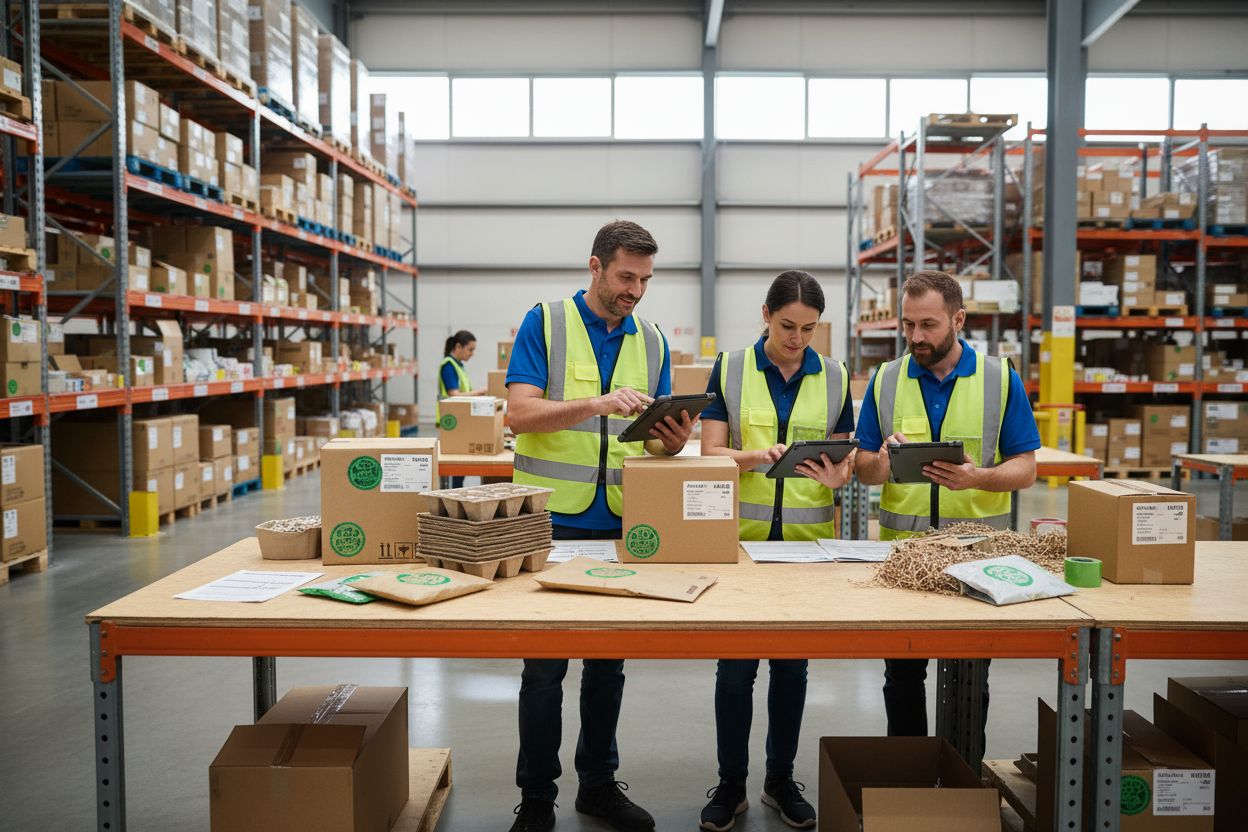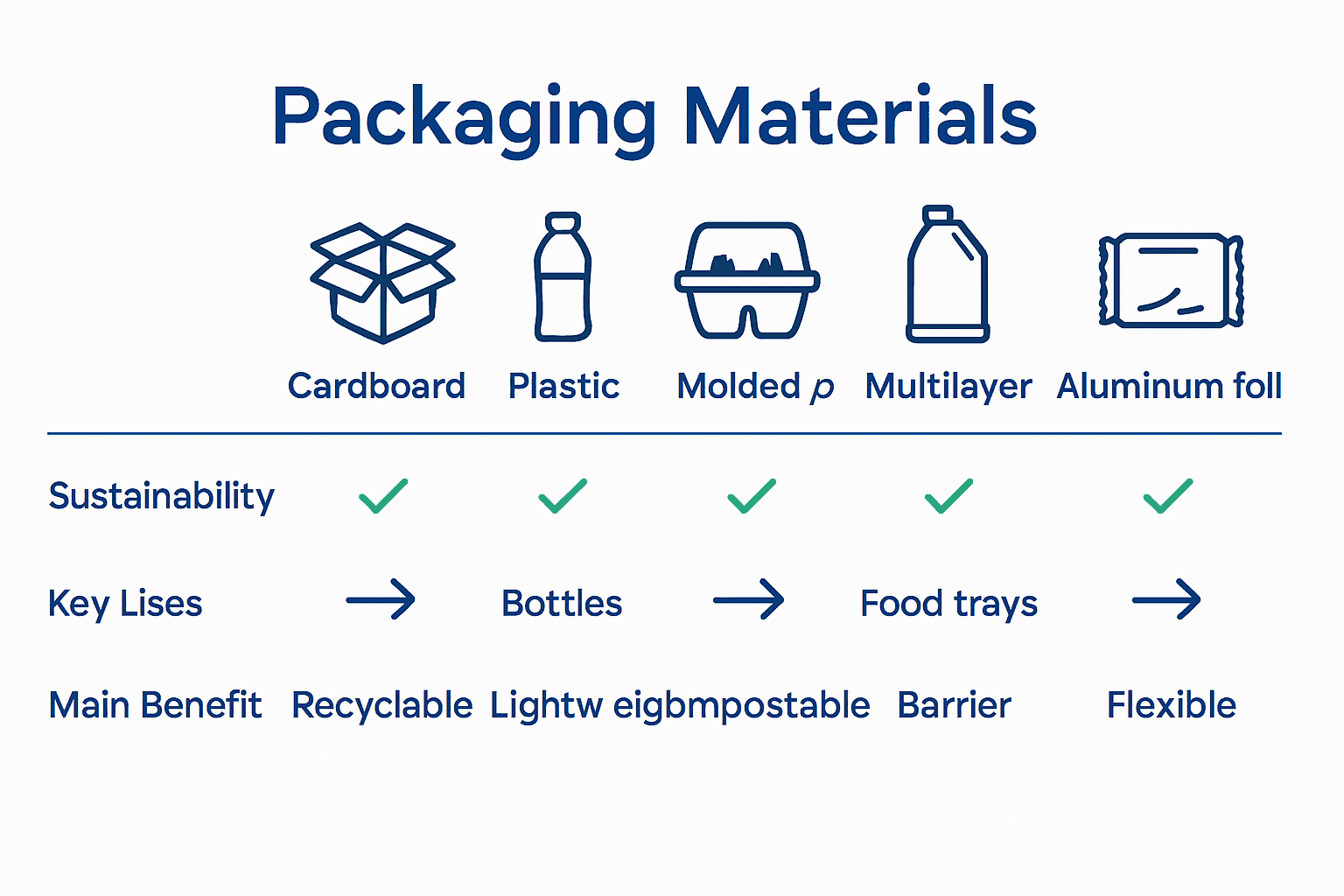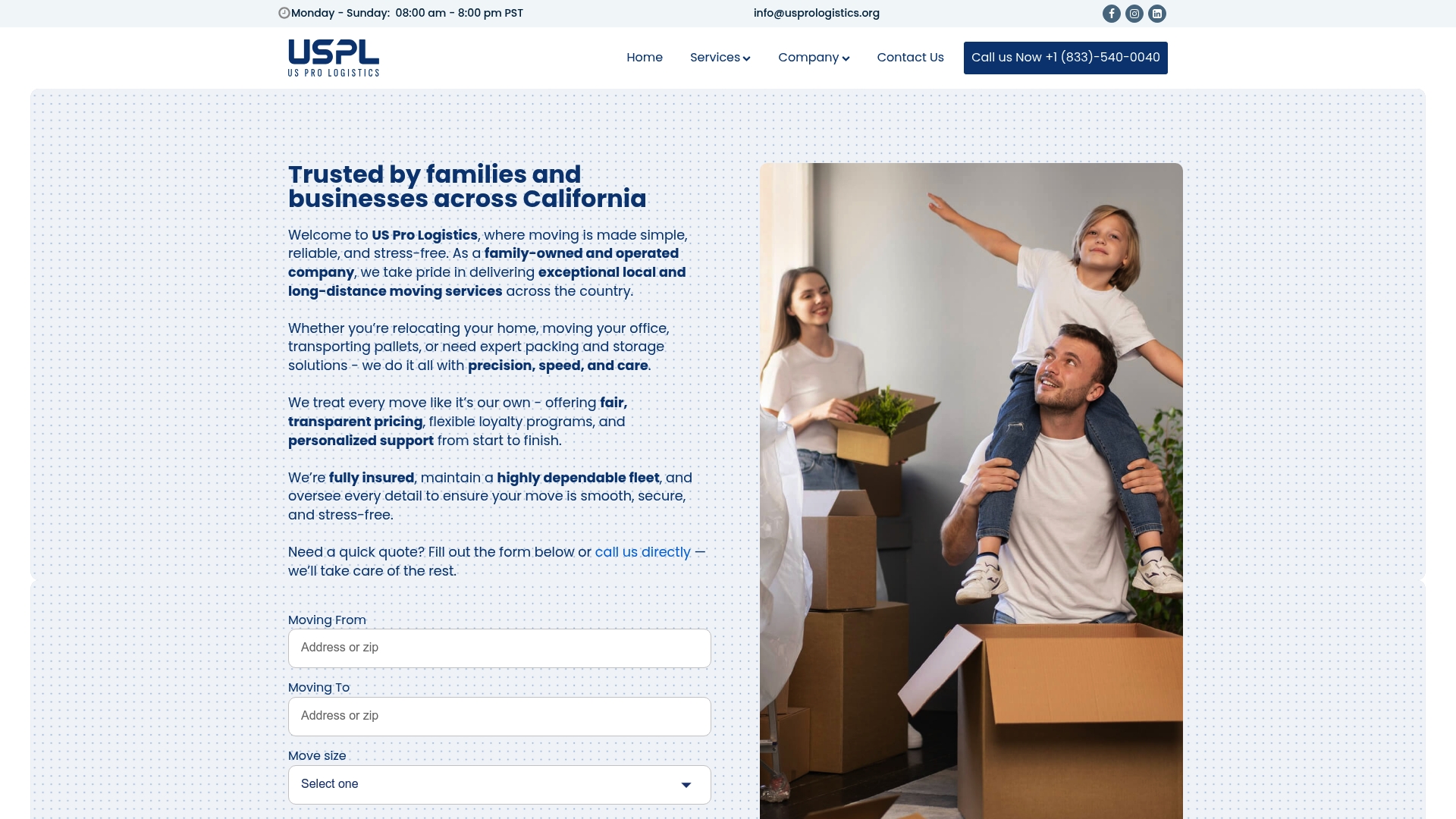
Did you know that damaged shipments cost companies around $1 billion in losses each year? Packaging decisions shape more than your bottom line. Shoppers look for clear labeling, safe delivery, and eco-friendly materials before they make a purchase. Understanding the rules and smart strategies behind packaging helps businesses save money, build trust with customers, and avoid costly mistakes.
| Point | Details |
|---|---|
| Compliance is Crucial | Adhere to regulatory standards like the Fair Packaging and Labeling Act to ensure transparency and avoid legal issues. |
| Smart Packaging Strategies | Implementing effective packaging can enhance product protection, reduce costs, and bolster brand communication while minimizing environmental impact. |
| Material Selection Matters | Choosing the right packaging materials can prevent damage, reduce waste, and align with sustainability goals. |
| Avoiding Common Mistakes | Recognize and correct packaging errors such as overpacking or underpacking to maintain product integrity and improve customer satisfaction. |
Packaging is more than just wrapping products—it’s a critical communication and protection strategy that connects manufacturers with consumers while safeguarding goods during transportation and storage. Packaging best practices encompass a comprehensive approach that balances regulatory compliance, product safety, and consumer information.
According to the Uniform Packaging and Labeling Regulation (UPLR), consumer packages must meet specific legal requirements. These mandatory standards include:
The Fair Packaging and Labeling Act further expands these requirements for interstate commerce, mandating that labels provide critical information in both U.S. customary and metric units. This ensures transparency and helps consumers make informed purchasing decisions.
Effective packaging goes beyond legal compliance. Smart packaging strategies protect products from damage, reduce shipping costs, minimize environmental impact, and create memorable brand experiences. By understanding and implementing these best practices, businesses can transform packaging from a mere protective shell into a powerful communication and brand-building tool.
Packaging materials are the backbone of product protection, transportation, and presentation. Packaging materials range from traditional options like cardboard and plastic to innovative sustainable solutions that balance functionality, cost, and environmental impact.
According to research on molded pulp packaging, certain materials offer remarkable sustainability benefits. Molded pulp, crafted from recycled paperboard and newsprint, provides an eco-friendly alternative for protective packaging. This versatile material is commonly used to create:
Multilayer packaging represents another advanced packaging technology that combines multiple materials to enhance product protection. These sophisticated packaging solutions integrate materials like PET, EVOH, aluminum foil, and paperboard to deliver superior performance. The strategic combination provides:
Modern packaging materials are not just about protection—they’re strategic tools for product preservation, brand communication, and environmental responsibility. By selecting the right materials, businesses can significantly reduce waste, minimize transportation costs, and create packaging that speaks directly to consumer values and expectations.

Here’s a comparison of common packaging materials:

| Material | Key Uses | Sustainability | Main Benefits |
|---|---|---|---|
| Cardboard | Shipping boxes Displays |
Compostable Recyclable |
Lightweight Customizable |
| Plastic | Bottles Wraps Trays |
Varies by type | Durable Moisture resistant |
| Molded Pulp | Clamshells End caps Trays |
Highly sustainable | Biodegradable Protective |
| Multilayer | Food pouches Cartons |
Difficult to recycle | High barrier Shelf life |
| Aluminum Foil | Lids Blister packs |
Recyclable | Light barrier Protects |
Successful relocation starts with smart packing strategies that transform a potentially chaotic process into a streamlined, organized experience. Professional movers emphasize the critical importance of preparation and systematic approach to minimize stress and maximize efficiency.
According to professional moving research, the foundation of efficient packing begins with early decluttering and strategic planning. Best practices for moving clothes recommend several key techniques to simplify your move:
Additional expert recommendations include practical approaches to protect and organize your belongings. Take photographs of valuable items before packing, use household items like blankets as protective padding, and carefully organize electronic cords and accessories. A critical strategy is preparing a separate essentials kit with items you’ll need immediately upon arrival, reducing first-day stress and ensuring quick access to necessities.
Packing is more than just placing items in boxes—it’s an art of preservation, organization, and strategic planning. By implementing these methodical approaches, you can transform your relocation from a potentially overwhelming experience into a smooth, controlled transition.
Packaging compliance is a complex landscape of legal requirements designed to protect consumers, ensure product safety, and maintain transparency in commercial transactions. Regulatory standards serve as critical guidelines that manufacturers and shippers must navigate carefully to avoid potential legal complications.
According to the Fair Packaging and Labeling Act, consumer product packaging must meet specific federal requirements for interstate commerce. These mandatory standards include:
For businesses dealing with hazardous materials, the Department of Transportation sets even more stringent packaging regulations. Shippers must:
Compliance is not just about following rules—it’s about ensuring consumer safety, maintaining brand integrity, and protecting your business from potential legal risks. By understanding and implementing these regulatory standards, companies can create packaging that is not only legally compliant but also builds consumer trust and demonstrates professional responsibility.
Packaging is a critical process that can make or break product safety, shipping efficiency, and customer satisfaction. Packaging mistakes can lead to significant financial losses, damaged reputation, and unnecessary waste that impacts both businesses and the environment.
According to packaging industry research, one of the most prevalent errors is improper material selection. Best practices for packing electronics highlight the importance of understanding packaging dynamics. Common packaging mistakes include:
Professional packaging experts emphasize the critical need for precise testing and strategic material selection. Overpacking increases shipping costs and environmental waste, while underpacking risks product damage during transportation. The solution lies in finding a careful balance—using just enough cushioning and protective materials to ensure product integrity without unnecessary bulk.
Beyond physical protection, packaging represents a brand’s commitment to sustainability and consumer responsibility. By avoiding common mistakes and adopting a strategic approach to packaging design, businesses can reduce waste, minimize shipping costs, maintain regulatory compliance, and create packaging that speaks to both functional and environmental considerations.
After reading about packaging best practices, you may be concerned about protecting your belongings, meeting compliance standards, or simply making your next move feel stress-free. Many people worry about picking the right materials, avoiding packing mistakes, and ensuring a safe journey for their valued items. With so much at stake, even minor packing errors can lead to costly damage, wasted time, and unnecessary stress. It is common to feel overwhelmed whether you are preparing for a local move or planning a complex relocation project.

Take the guesswork out of packaging by trusting the professionals at US Pro Logistics. Our team follows proven best packing strategies and uses high-quality materials designed to keep your possessions safe and secure. We help you avoid common packaging mistakes and ensure full compliance with all regulations. Do not let uncertainty be part of your next move. Contact us today through our website for a free quote and discover how our reliable relocation solutions bring you peace of mind from start to finish.
Packaging best practices include clear product identity, manufacturer information, accurate net quantity, and compliance with regulatory standards. Effective packaging also protects products during transportation while providing valuable consumer information.
Common packaging materials include cardboard, plastic, molded pulp, multilayer materials, and aluminum foil. Each serves specific purposes: cardboard is lightweight and customizable, plastic offers durability, molded pulp is eco-friendly, multilayer provides high barrier properties, and aluminum foil protects against light and air.
To pack efficiently for relocation, start by decluttering, pack rarely used items first, create a packing plan with color-coded labels, keep a box inventory, use vacuum-sealed bags for bulky items, and prepare an essentials kit for immediate access to necessary items upon arrival.
Common packaging mistakes include improper material selection, overpacking or underpacking, using non-recyclable materials, ignoring regulatory compliance, and neglecting the specific protective needs of the product. Balancing adequate protection with minimization of waste is key.
USDOT 3664256 This number is required for any company that operates commercial vehicles in interstate commerce (across state lines). It helps identify and track the safety performance and compliance of transportation companies.
MC 1268070 This number is specifically for companies involved in the transportation of goods or passengers for hire across state lines. It’s necessary for carriers operating in the moving industry and ensures they are authorized to operate as interstate carriers.